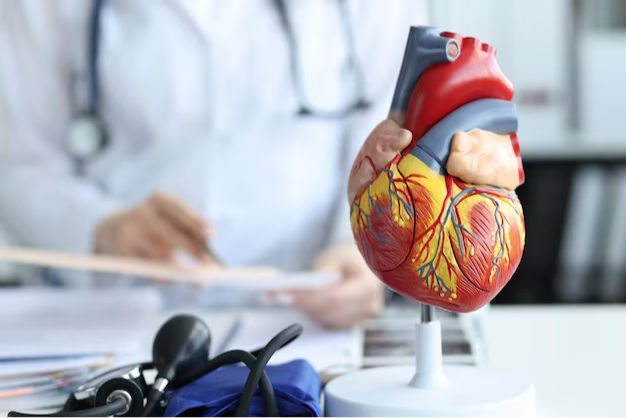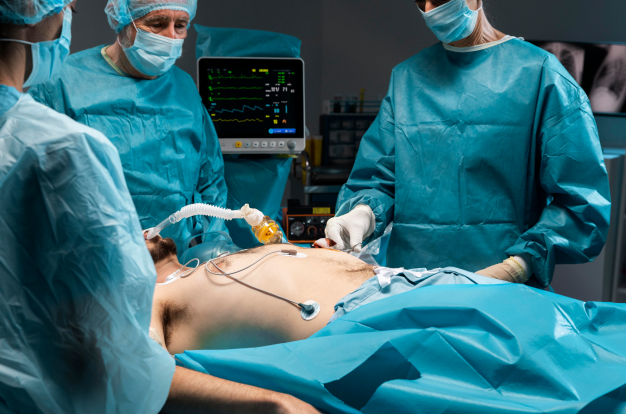
Caritas Heart Institute
Cardiovascular Exercise: A Key to a Healthy Heart
December 2023

Cardiac catheterization is a common medical procedure used to diagnose and treat various heart conditions. It involves the insertion of a thin tube (catheter) into the blood vessels to access and examine the heart and its blood vessels. Whether you're scheduled for a cardiac catheterization or simply curious about the process, this article will provide a detailed overview of what to expect during the procedure.
Before the procedure, you will receive instructions from your healthcare team. Typically, these instructions involve fasting for a specific period, informing the medical team of any allergies, and adjusting medications. It's crucial to follow these guidelines to ensure a successful and safe procedure.
On the day of the procedure, you'll check in at the hospital or cardiac catheterization lab. You'll be asked to change into a hospital gown, and an IV line will be inserted into your arm to deliver fluids and medications.
You'll be connected to a heart monitor, which will continuously track your heart's electrical activity and vital signs throughout the procedure.
To ensure that you are comfortable and pain-free during the procedure, a local anesthetic will be applied to the area where the catheter will be inserted. Typically, this is in the groin, wrist, or arm.
Once the anesthesia takes effect, the interventional cardiologist will insert the catheter through the selected access point and guide it through the blood vessels toward the heart. You may feel a slight pressure or discomfort during this stage, but you should not experience pain.
To obtain clear images of the heart and blood vessels, a contrast dye is injected through the catheter. You may feel a warm sensation as the dye spreads, and you might experience a metallic taste in your mouth. These sensations are normal and short-lived.
X-ray machines and monitors in the cath lab will capture real-time images of your heart and blood vessels. This provides detailed information that helps diagnose and guide treatment.
The interventional cardiologist will take various measurements and assess the condition of the heart and blood vessels. If any blockages or abnormalities are detected, further treatment, such as angioplasty or stent placement, can be performed during the same procedure.
After the imaging and any necessary treatment are completed, the catheter will be removed, and pressure will be applied to the access site to prevent bleeding. You'll be taken to a recovery area where medical staff will monitor your condition, including vital signs and the access site.
Once the medical team is satisfied with your recovery, you will be given instructions for post-procedure care. This may include restrictions on physical activities and a plan for medication management.
In most cases, you can expect to be discharged on the same day as the procedure, but in some instances, an overnight stay may be necessary for further observation.
Cardiac catheterization is a valuable tool in the diagnosis and treatment of heart conditions. While the thought of a medical procedure can be daunting, understanding what to expect can alleviate anxiety and promote a smooth and successful experience. If you are scheduled for a cardiac catheterization, rest assured that you will be in the hands of skilled healthcare professionals who prioritize your safety and well-being throughout the process.

Caritas Heart Institute
December 2023